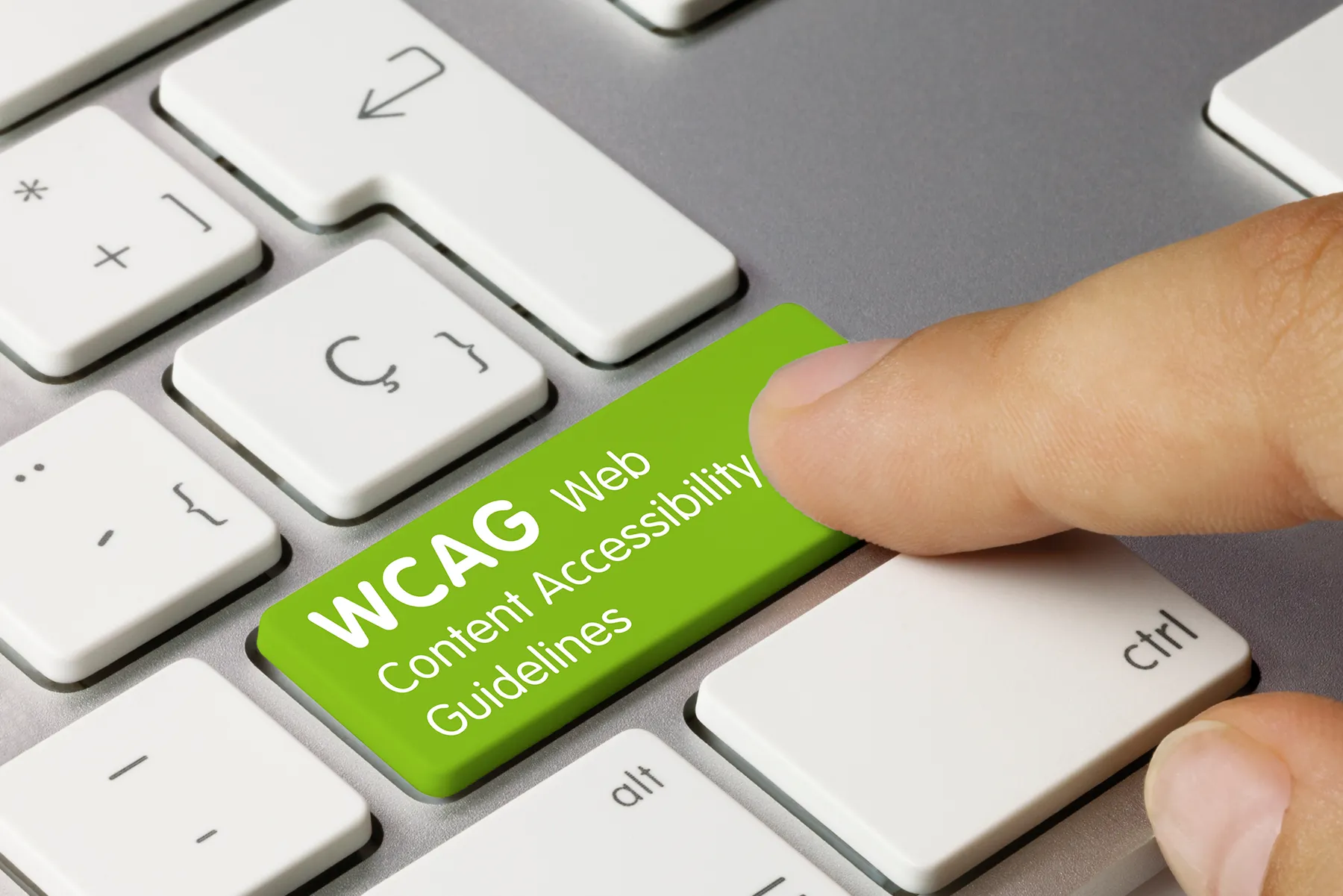
A prominent edtech company sought to enhance the accessibility of one of its legacy products widely used by educational institutions. Despite its popularity, the product lacked essential accessibility features for learners with disabilities. Recognizing the importance of inclusivity, the client aimed to align the product with the Web Content Accessibility Guidelines (WCAG) 2.1.

Academian’s team of accessibility experts collaborated closely with the customer to formulate a comprehensive plan for enhancing the accessibility of their legacy product. Here’s a summary of the strategies implemented.
Our team conducted a thorough audit of the product, evaluating its current state in terms of accessibility. It involved a detailed review of the user interface, interaction elements, content structure, and underlying code. The audit revealed multiple accessibility gaps and areas for improvement.
Based on the audit findings, we performed a gap analysis to identify specific WCAG 2.1 guidelines that were not being met by the product. This analysis helped us prioritize the areas that required immediate attention to ensure compliance.
Our experts collaborated closely with the client’s design team to incorporate inclusive design principles from the initial stages of the process. Through interactive sessions, we explored various design solutions that would enhance the user experience for individuals with disabilities.
Our team worked closely with the client’s development team to implement accessibility features and modifications. It involved updating code structures, ensuring proper semantic markup, enhancing keyboard navigation, and adding alternative text for non-text elements.
To validate the accessibility improvements, we conducted extensive user testing with individuals representing diverse abilities. Their feedback and insights were invaluable in refining the product and addressing any remaining usability challenges.
Once the accessibility enhancements were implemented, we conducted a thorough review to ensure compliance with WCAG 2.1 guidelines. It involved testing against success criteria, including color contrast, keyboard accessibility, and assistive technology compatibility.

The customer had legacy content, primarily comprising physical aviation textbooks utilized in traditional classroom-based college programs.
Read More
The client’s requirement was to review their toolset to address slow automation progress.
Read More
The client had recently adopted Netsuite as their ERP solution and needed customizations to model it to their needs.
Read More
Teachers faced challenges in analyzing students' performance and progress to recommend supplementary learning resources.
Read More
